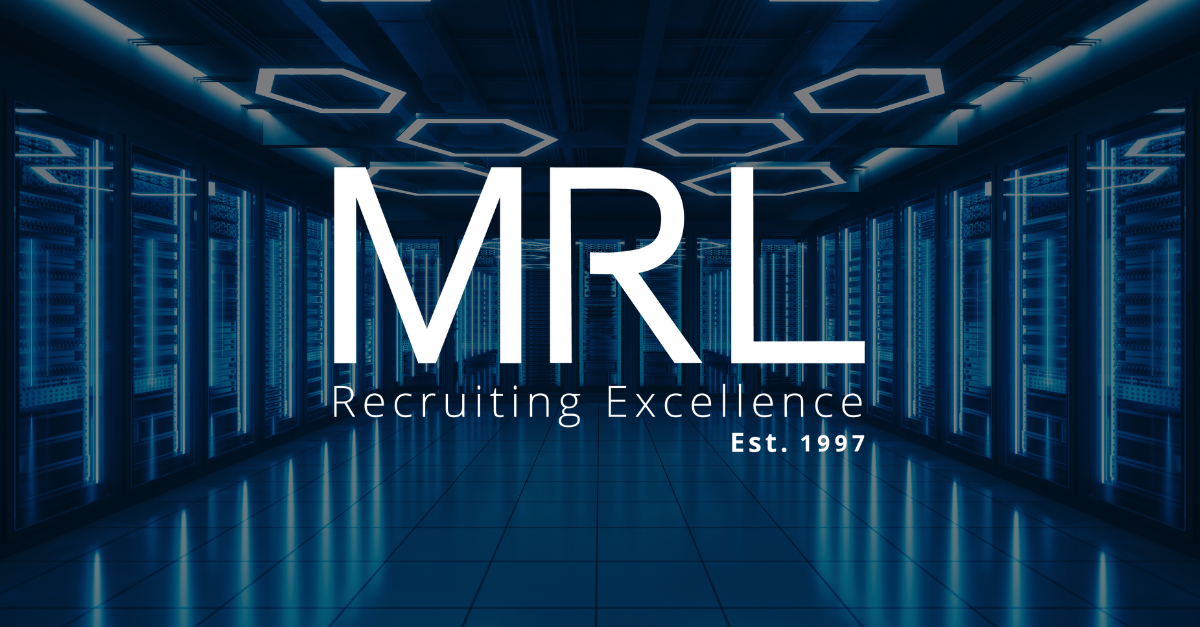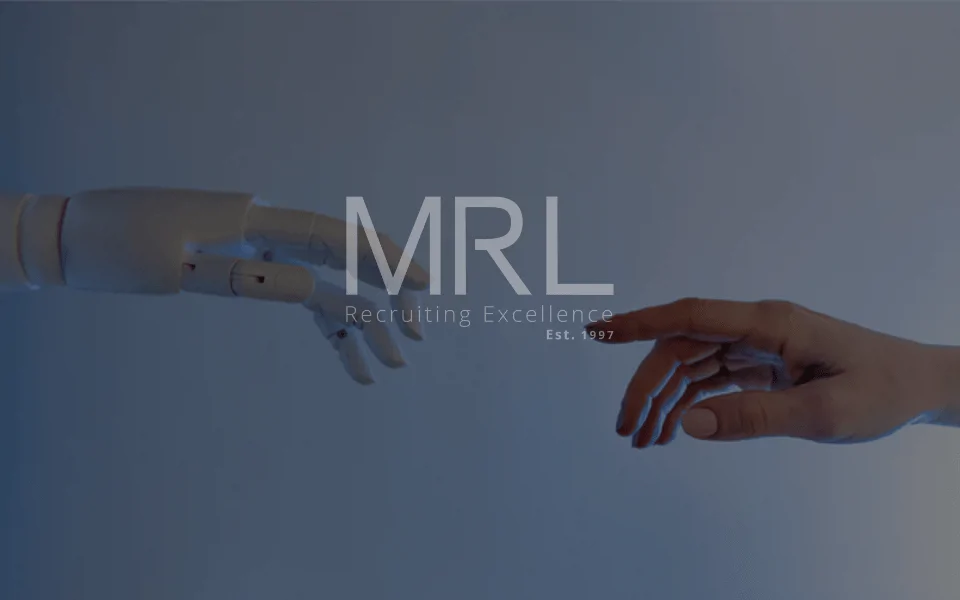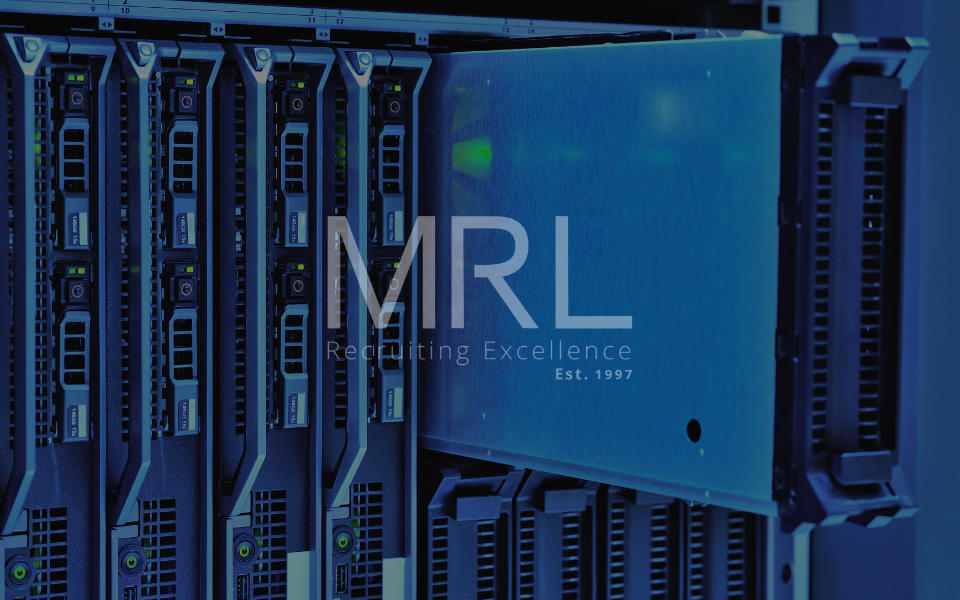What are the different types of data centers?
31 Jul, 20235 minutesIn today's data-driven world, businesses are generating more data than ever before. To keep ...

In today's data-driven world, businesses are generating more data than ever before. To keep up with this demand, data centers have emerged as an essential component of modern business operations.
They provide a secure, efficient, and scalable way to store, process, and manage vast amounts of data, essentially serving as the backbone of our digital world. However, data centers are not a one-size-fits-all solution. From enterprise to modular data centers, the options are varied and complex.
In this article, MRL takes a deep dive into data centers, defining what they are, their importance to businesses, the various components, and types of data centers available, as well as the complexity of different tiers.
What is a data center?
A data center is a large, centralized facility used for housing computer systems, storage, and networking equipment. These facilities provide organizations with an efficient and secure way to store, process, and manage large amounts of data. Data centers play a critical role in supporting a wide range of applications, including cloud computing, e-commerce, and social media.
Why are data centers important?
Data centers are essential for modern business operations due to several reasons. First, they offer efficient data storage solutions that are optimized for performance, reliability, and scalability. They provide organizations with reliable access to their data and applications through redundant systems that ensure data is always available when needed.
Data centers are also equipped with advanced security measures, such as access controls, surveillance cameras, and biometric scanners, that protect sensitive data from unauthorized access, theft, or damage.
Additionally, they offer cost savings, as organizations can avoid the upfront costs of building and maintaining an on-premises data center and instead pay for the services they need on a subscription basis. Data centers also provide scalability, allowing organizations to quickly add or remove computing resources as needed.
Finally, data centers are critical for supporting cloud computing, which is becoming increasingly popular. They provide the infrastructure required to support high-performance computing, storage, and networking capabilities that are essential for running cloud-based applications.
What are the components of data centers?
The components of a data center can vary depending on the size and complexity of the facility but typically include the following:
- Servers: These are the main computing devices in a data center and are responsible for processing and storing data.
- Storage systems: Data centers typically use various storage systems, such as hard disk drives (HDDs), solid-state drives (SSDs), and network-attached storage (NAS) systems, to store data.
- Networking equipment: This includes routers, switches, firewalls, and other networking devices that help manage the flow of data between servers, storage systems, and other devices in the data center.
- Power and cooling systems: Data centers consume a significant amount of energy and require specialized cooling systems to maintain the ideal temperature and humidity levels for the equipment.
- Security systems: Data centers use a range of security measures, such as biometric scanners, surveillance cameras, and access controls, to ensure the physical security of the facility.
Explaining the different types of data centers
There are numerous types of data centers, such as enterprise, colocation, cloud, and managed services, which are the four primary types, as well as edge and modular data centers. Each of these varies based on factors such as ownership, requirements, location, and size.
Enterprise data centers
These are data centers that are owned and operated by a single organization and are used to support the organization's internal IT infrastructure. Enterprise data centers can vary in size and complexity depending on the organization's needs.
Colocation data centers
Colocation data centers are facilities that provide space, power, cooling, and networking infrastructure for multiple organizations to house their own IT equipment. Colocation facilities allow organizations to avoid the high capital costs associated with building and operating their own data centers by renting the resources they need.
Cloud data centers
These are data centers that are specifically designed to support cloud computing services. Cloud data centers typically use virtualization technologies to maximize the utilization of resources and provide on-demand access to computing resources.
Managed services data centers
Managed services data centers are facilities that provide a range of IT services, such as server hosting, data backup and recovery, and network management. These facilities are typically operated by third-party providers and are used by organizations that do not want to manage their own IT infrastructure.
Edge data centers
Edge data centers are smaller data centers that are located closer to end-users, such as in office buildings or remote locations. These facilities are designed to provide low-latency access to computing resources and support emerging technologies such as the Internet of Things (IoT) and 5G networks.
Modular data centers
Modular data centers are prefabricated facilities that can be quickly deployed and assembled on-site. These facilities are designed to be flexible and scalable, allowing organizations to quickly expand their IT infrastructure as needed.
Data Center Tiers
The Uptime Institute Tier Standard is a commonly used system for classifying data centers according to their level of availability (uptime) and performance. This standard defines four tiers of data center infrastructure, with Tier 1 being the simplest and Tier 4 being the most advanced.
Tier 1
This is the simplest level of data center infrastructure, typically consisting of a single path for power and cooling with no redundant components. With a tier 1 data center, you can expect it to have an availability of 99.671%, or 28.8 (or fewer) hours of downtime per year.
Tier 2
This level of data center infrastructure includes redundant components for power and cooling but only one path for data. The expected uptime equates to 99.741%, which equates to around 22.7 hours (or fewer) of downtime annually.
Tier 3
At this level, a tier 3 data center's infrastructure includes multiple paths for power and cooling, as well as redundant components for data. This contributes to an improved expected availability equating to 99.982%, or approximately 1.6 hours of downtime a year.
Tier 4
The last tier possesses the highest level of data center infrastructure, with multiple paths for power and cooling, as well as redundant components for data that are active concurrently. This allows it to offer the highest expected uptime of 99.995%, which translates to approximately 26.3 minutes of downtime per year.
Final Thoughts on the Different Types of Data Centers
Data centers play a critical role in modern business operations, providing organizations with efficient, secure, and scalable ways to store and manage large amounts of data. They come in different types and tiers, each offering unique advantages and disadvantages based on their requirements, ownership, location, and size.
Understanding the different types of data centers and their components is crucial for organizations seeking to optimize their data storage and management strategies while ensuring optimal performance, reliability, and security.
If you're looking to start your career or looking for a new challenging role, get in touch with our specialist Data Centre team here.





